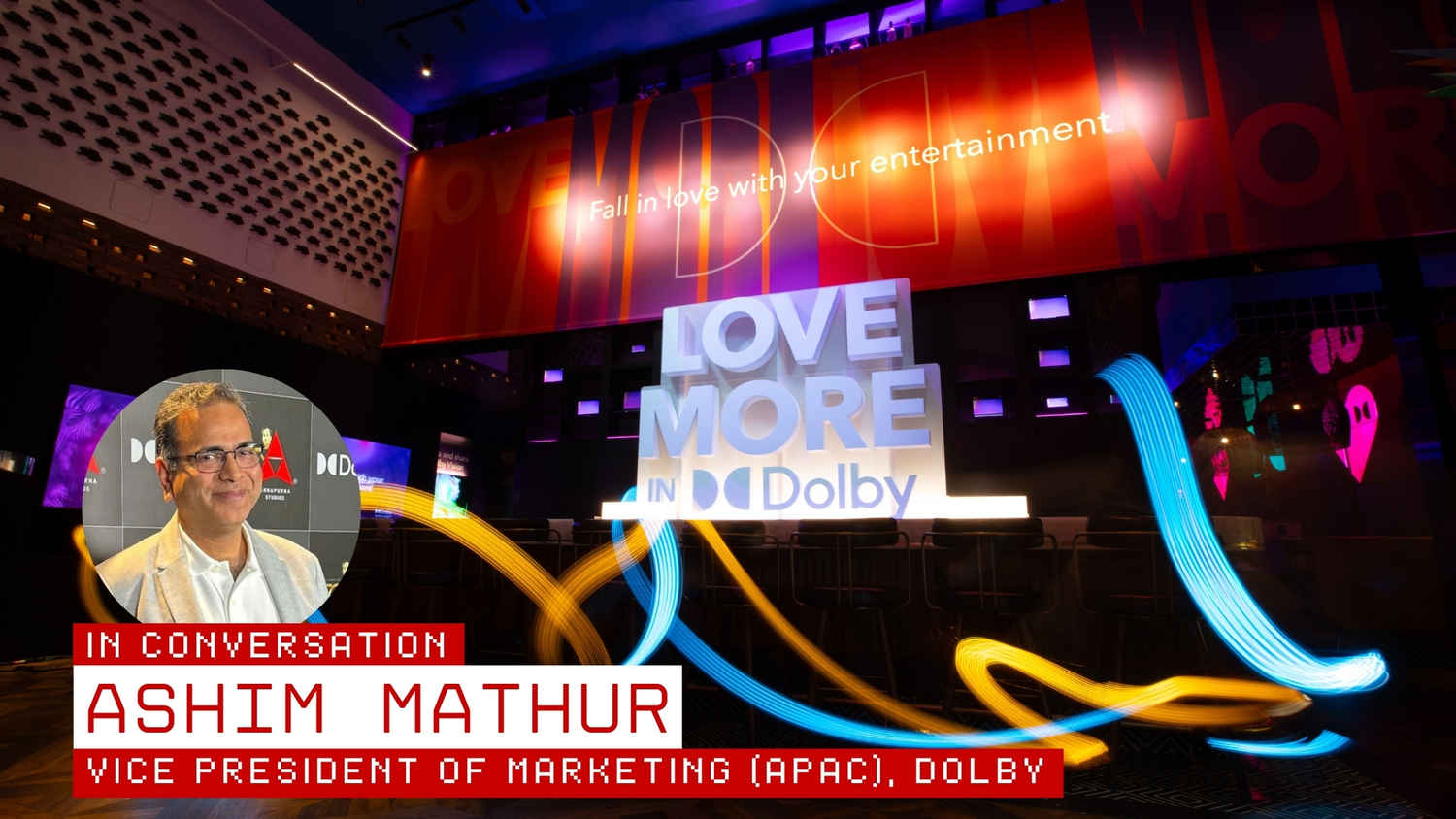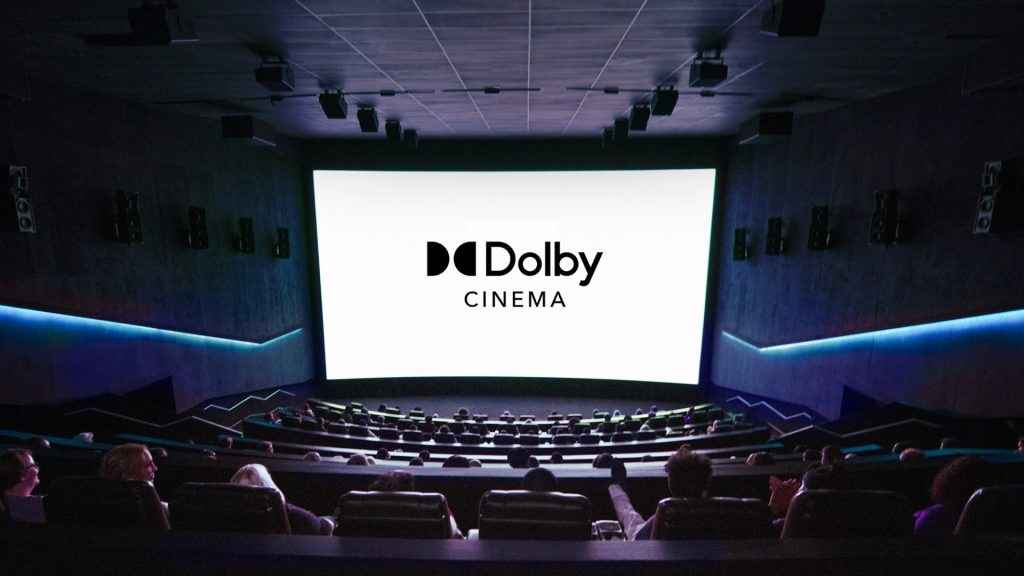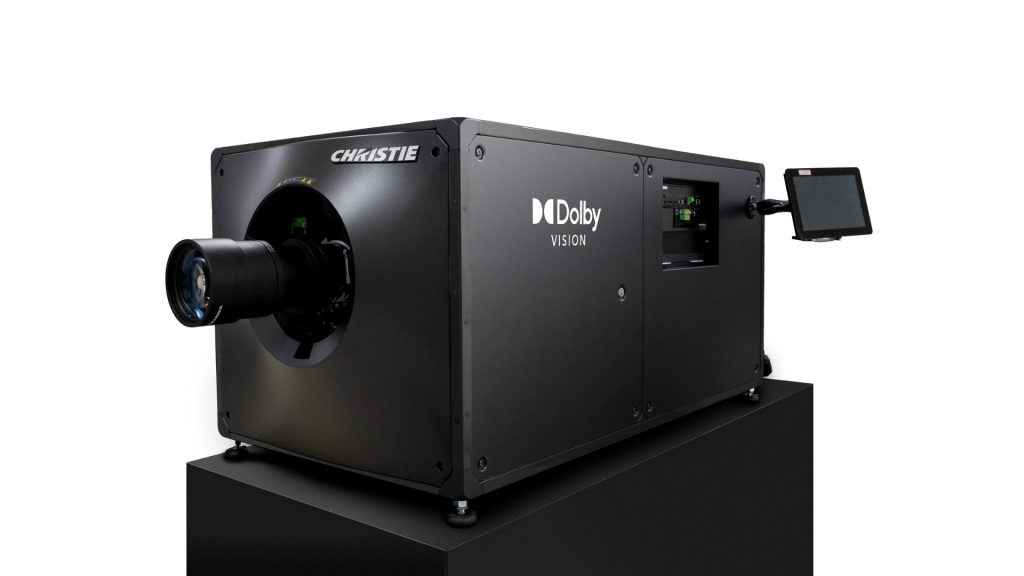Why Dolby Is More Than Just Cinema Sound in India Today

For many Indians, the name Dolby is intrinsically linked to the cinematic experience which has become a hallmark of quality sound that has accompanied countless movie nights. Yet, as Ashim Mathur, Vice President of Marketing (Asia Pacific), Dolby Laboratories and a key figure in Dolby’s India operations, explains, the company’s journey in this vibrant and diverse market spans far beyond the silver screen, evolving from a focus on cinema to shaping how entertainment is created, distributed, and consumed across a multitude of platforms.
 Survey
SurveyDolby’s presence in India stretches back two to three decades, initially concentrated on the world of film and the immersive audio that became synonymous with their brand. However, the establishment of a formal operational base around 2009-2010 marked a significant turning point, coinciding with the emergence of high-definition broadcasting in the country.
“Back in those days, HD was just entering the Indian market,” recalls Mathur. “From both a screen and broadcast perspective, the shift to HD was a big moment, and we were right there, partnering with broadcasters and enabling a wide array of HD channels with Dolby surround sound. That was really our starting point”. This early engagement laid the foundation for Dolby’s deeper integration into the Indian entertainment fabric.
The Atmos Revolution
A pivotal moment arrived around 2012 with the launch of Dolby Atmos in Indian cinemas, debuting at the Satyam Theatre in Chennai. This wasn’t merely an incremental upgrade to existing sound systems; it was a paradigm shift towards object-based audio, creating a truly three-dimensional soundscape that captivated audiences.
“Since then, we haven’t looked back,” Mathur states, highlighting the rapid adoption of Atmos, which now graces over a thousand screens across the country. The impact of Atmos extended beyond cinemas, quickly finding its way into living rooms, mobile devices, and even automobiles, showcasing Dolby’s ambition to enhance audio experiences wherever consumers engaged with content.
The visual dimension of entertainment also saw a Dolby revolution with the introduction of Dolby Vision around 2017. This high dynamic range (HDR) technology brought enhanced contrast, brightness, and colour accuracy, offering a more lifelike viewing experience. The true power, however, lay in the combination. “That’s when the combined experience of Dolby Vision and Dolby Atmos really started to shape how people consumed content,” Mathur explains, emphasizing the synergistic effect of premium audio and visuals.
Building an Ecosystem
Dolby’s success in India hasn’t been coincidental. Mathur outlines a comprehensive three-pronged strategy that targets the entire content ecosystem: creation, distribution, and devices.
On the creation front, Dolby has worked closely with filmmakers, TV channels, music composers, and post-production professionals, ensuring they have the tools and expertise to craft content that leverages Dolby’s technologies. Recognizing India’s linguistic diversity, this support extends across multiple languages and regional content industries.
The second pillar, distribution, involves collaborating with set-top box manufacturers, OTT platforms, and music streaming services to ensure that Dolby-enhanced content reaches consumers seamlessly. This collaborative effort ensures that the investment in high-quality creation is matched by accessible delivery mechanisms.
Finally, Dolby’s engagement with device manufacturers, both major global and local Original Equipment Manufacturers (OEMs) in India, ensures that a vast array of screens, from televisions to smartphones, are equipped to deliver the intended Dolby experience. “Most of them today are equipped with Dolby Vision and Dolby Atmos,” Mathur notes, underscoring the widespread availability of these technologies today.
The Premium Cinema Experience Arrives

A significant recent development in Dolby’s Indian journey is the official launch of Dolby Cinema. This premium cinema experience integrates Dolby Vision and Dolby Atmos in purpose-built environments, promising an unparalleled level of immersion. While Dolby Cinemas have existed elsewhere globally, their arrival in India marks a new chapter for cinephiles.
“This is a momentous milestone for us when it comes to cinema—it’s really going to take the consumer experience to an entirely new level,” enthuses Mathur. The initial rollout will see Dolby Cinema screens installed in partnership with six exhibitors strategically located across the country: City Pride in Pune, Allu Cineplex in Hyderabad, LA Cinema in Trichy, AMB Cinemas in Bengaluru, EVM Cinemas in Kochi, and G Cineplex in Ulikkal.
To support content creation for this premium format, Dolby has also established its first Dolby Vision grading facility for cinema in India at Annapurna Studios in Hyderabad. “That’s a huge step forward, as it gives filmmakers a local platform to create world-class content in Dolby Vision and Dolby Atmos,” Mathur explains.

This expansion comes alongside technological advancements. At CinemaCon 2025, Dolby and Christie introduced a more compact Dolby Vision laser projector that conforms to Dolby’s Wide Color Gamut 1.0, offering 112% of the colour range found in standard DCI-P3 projectors while delivering brighter images. While the new system begins rolling out globally in May, it’s unclear when it’s coming to India.
Democratizing Premium Experiences
As Dolby technologies become more prevalent across different device categories and price points, particularly with Dolby Vision now accessible on more affordable televisions, the focus shifts towards ensuring a consistently high-quality experience. Mathur clarifies that the goal is not about comparing experiences across vastly different devices but ensuring that within each price bracket and device capability, the Dolby implementation delivers the best possible outcome. “Whatever price bracket you choose, that experience has to be the best,” he asserts. This democratization of premium entertainment experiences is a core tenet of Dolby’s strategy.

Looking ahead, Dolby is keenly focused on expanding into new domains, notably the automotive sector through a partnership with Mahindra. The integration of Dolby Atmos into vehicles promises to transform the in-car entertainment experience, aligning with consumers’ growing expectations for high-quality audio across all their devices. “Once people start experiencing Dolby Atmos in vehicles, especially in the Indian context, it’s going to fundamentally change the way in-car entertainment is perceived,” predicts Mathur.
Building Awareness Through Partnerships
Dolby’s journey in India has been characterized by strong collaborative partnerships with OEMs and content providers. Mathur highlights successful co-marketing initiatives with brands like LG and Samsung, which have not only driven product adoption but also significantly enhanced consumer education and awareness around Dolby technologies. This deep level of consumer understanding in India, where people are not just aware of the brand but also understand its benefits and actively seek out the experience, is a point of pride for Dolby.
When asked to summarize Dolby’s mission in India, Mathur offers a concise yet encompassing vision: “Our mission is to unlock the power of sight and sound to create spectacular experiences. In India, that means going deep and wide, bringing Dolby Atmos and Dolby Vision to more content, more devices, and ultimately, to more people”.
Also Read: Dolby Vision vs Dolby Vision IQ vs HDR10: Here’s everything that you should know
Siddharth Chauhan
Siddharth reports on gadgets, technology and you will occasionally find him testing the latest smartphones at Digit. However, his love affair with tech and futurism extends way beyond, at the intersection of technology and culture. View Full Profile